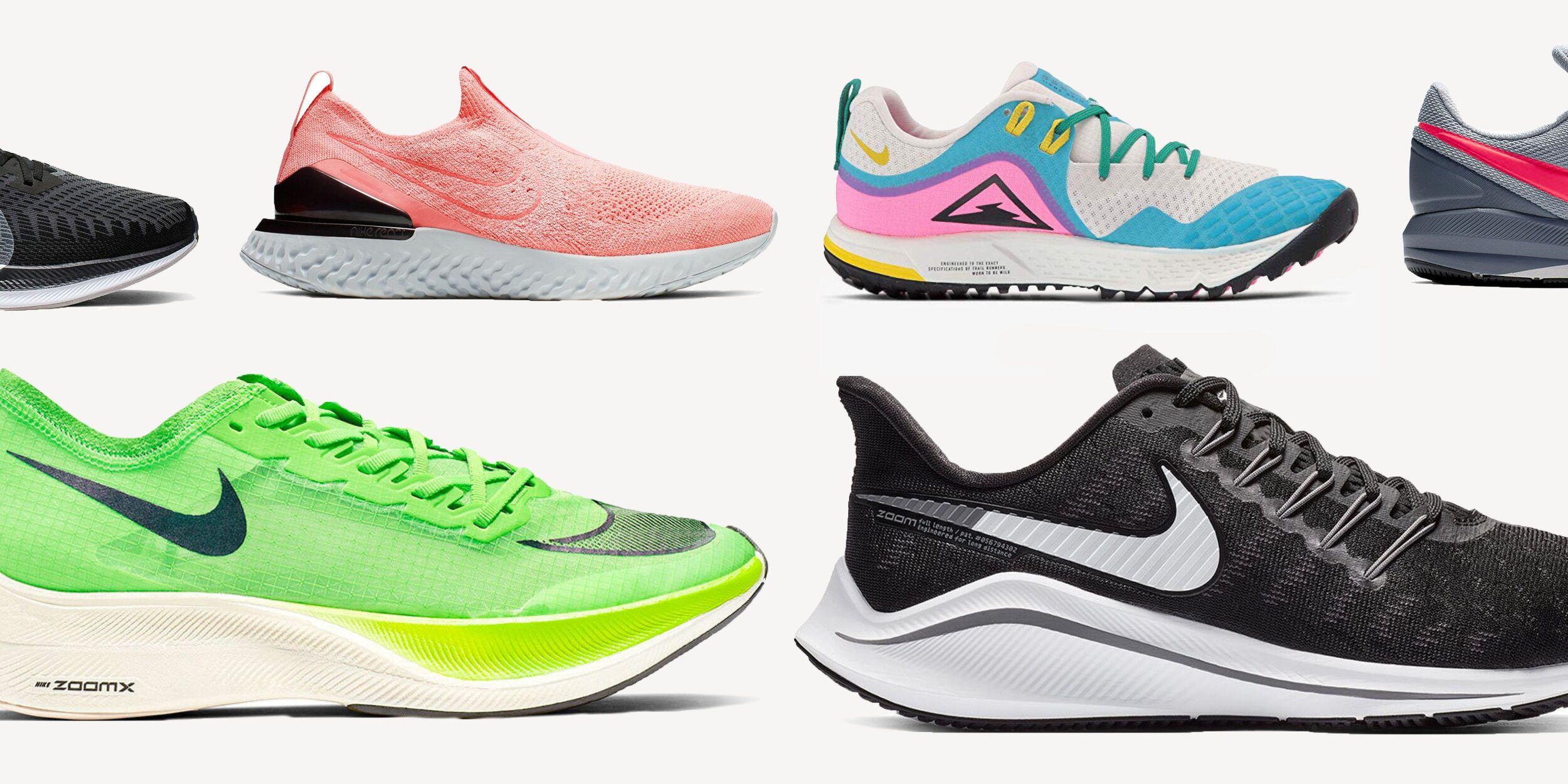Over the years, courts around the world have witnessed disputes involving a wide variety of intellectual property claims. Of these, those concerning the different shades of "colour" are of particular importance and have been of particular importance.
Since the early nineties, several brands, such as T-Mobile (magenta) and UPS (dark brown), have registered their colors over the years as proof of their power to retain customers and communicate a company's ethos.
In 1837, Charles Lewis Tiffany and John B. Young opened their first Tiffany & Young store in Lower Manhattan, right in front of City Hall Park.
Even before the brand became a major supplier of silver, the store sold stationery and other high-end products and the now iconic Blue Book, first published in 1845, already had a blue cover that was greener than the redbreasted egg that we now associate with the brand. Over the years, and into the next century, the Blue Book varied in tone until around 1966, when the company adopted a colour close to Tiffany Blue.
It is hard to pinpoint the exact moment when turquoise began to be associated with the company. The exact reason why the founders agreed on that particular shade is also unknown.
However, there is evidence that as early as 1889, the company had used color at the Universal Exhibition in Paris, demonstrating that even at that time, even in America, turquoise was a precious stone.
Again, Tiffany's famous orchid-shaped brooch, now owned by the Metropolitan Museum of Art, was housed in an elegant turquoise case with a cream-coloured lining. Even at that time, therefore, the company was already linking colour to the packaging.
This is not a marketing triviality, on the contrary, the blue box "is most likely the most recognizable and desired retail container in history". Charles Lewis, in fact, has always refused to sell the boxes on their own, claiming that they were a real symbol - "you can't get one of the most significant symbols of love and commitment without the Tiffany box".
With the advent of 1998, Tiffany & Co. finally registered its colour and packaging. Three years later, the brand also collaborated with Pantone to give life to its personal shade, the "1837 Blue", in memory of its founding year.
No other registered colour has become so closely associated with its trademark.
Over the years, in fact, many companies have successfully chosen objects and symbols, such as an apple, a swoosh, number 57, to represent their brand but no one has managed to claim something that was substantially more specific and applicable than 1837 Blue.























